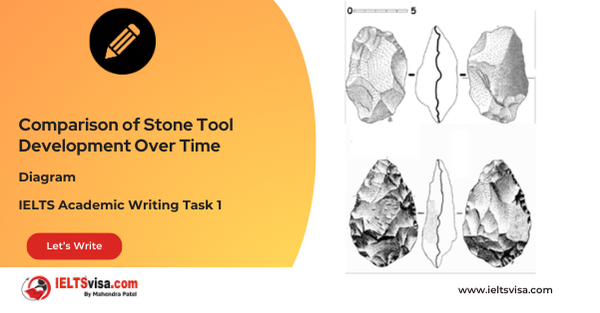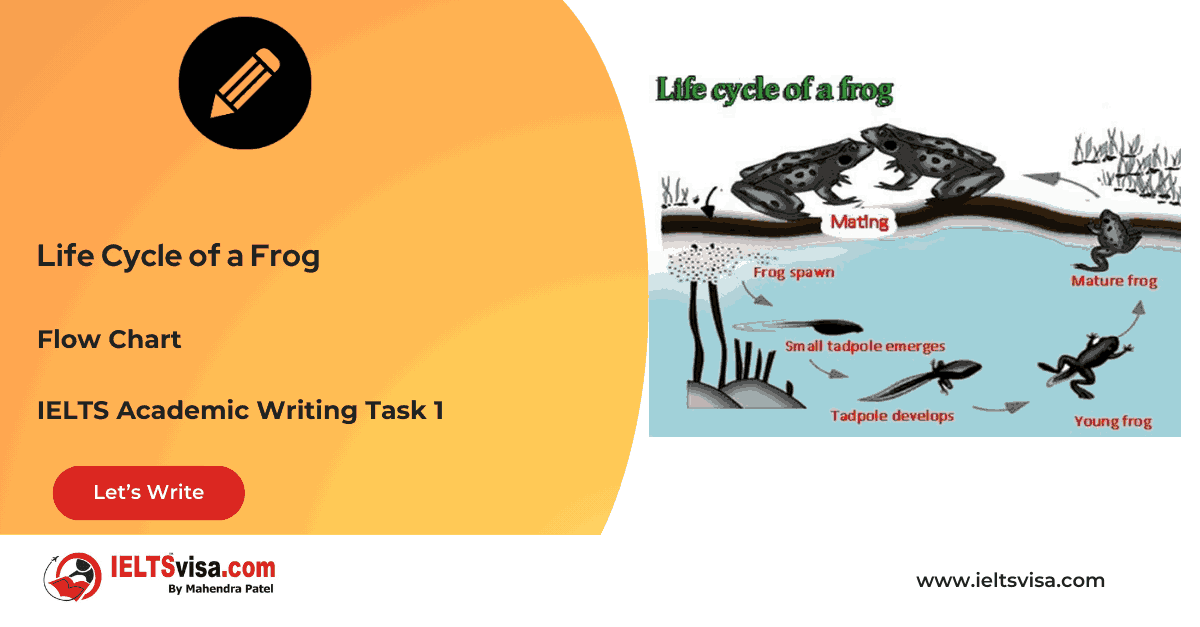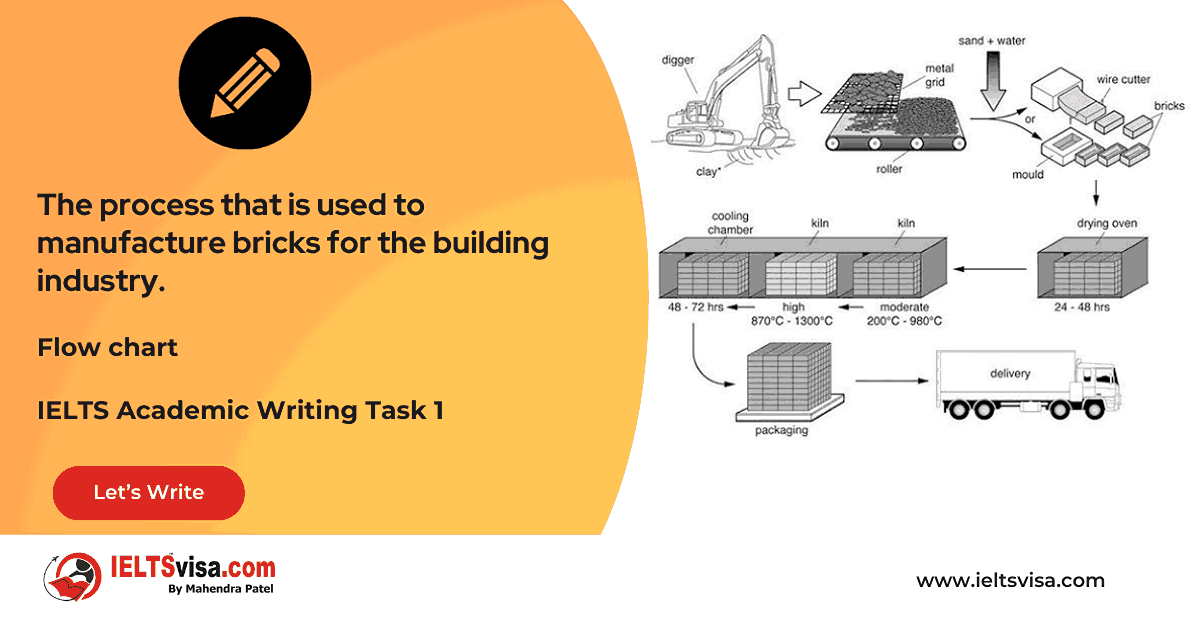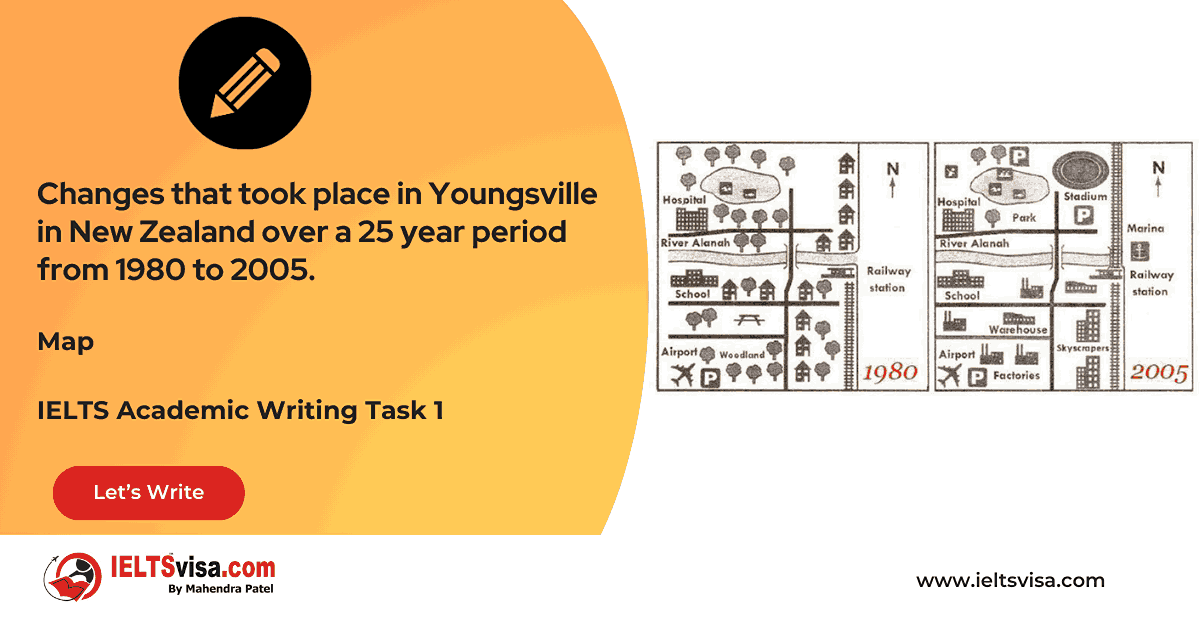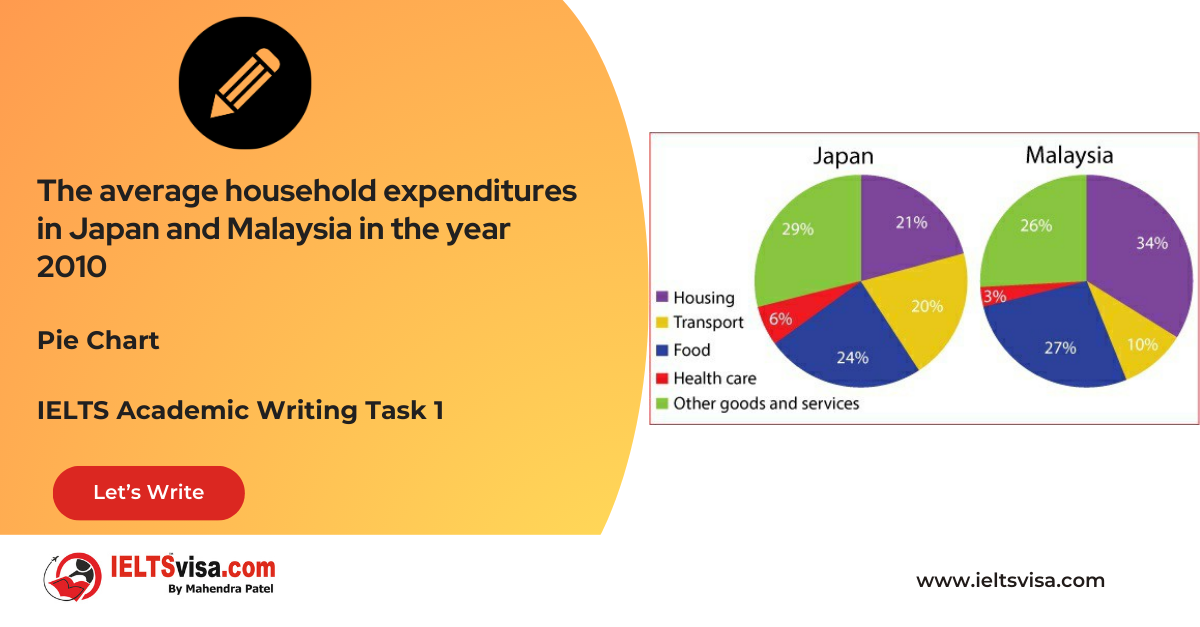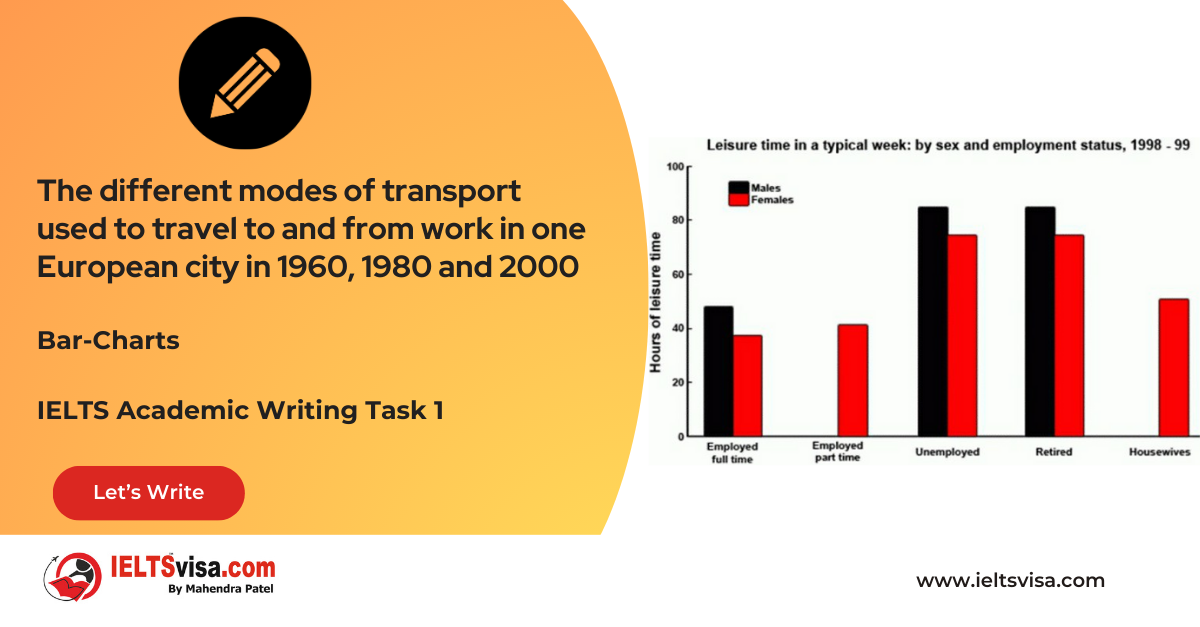The way in which men and women used the Internet in Canada in 2000
IELTS Academic Writing Task 1 - Bar Graph
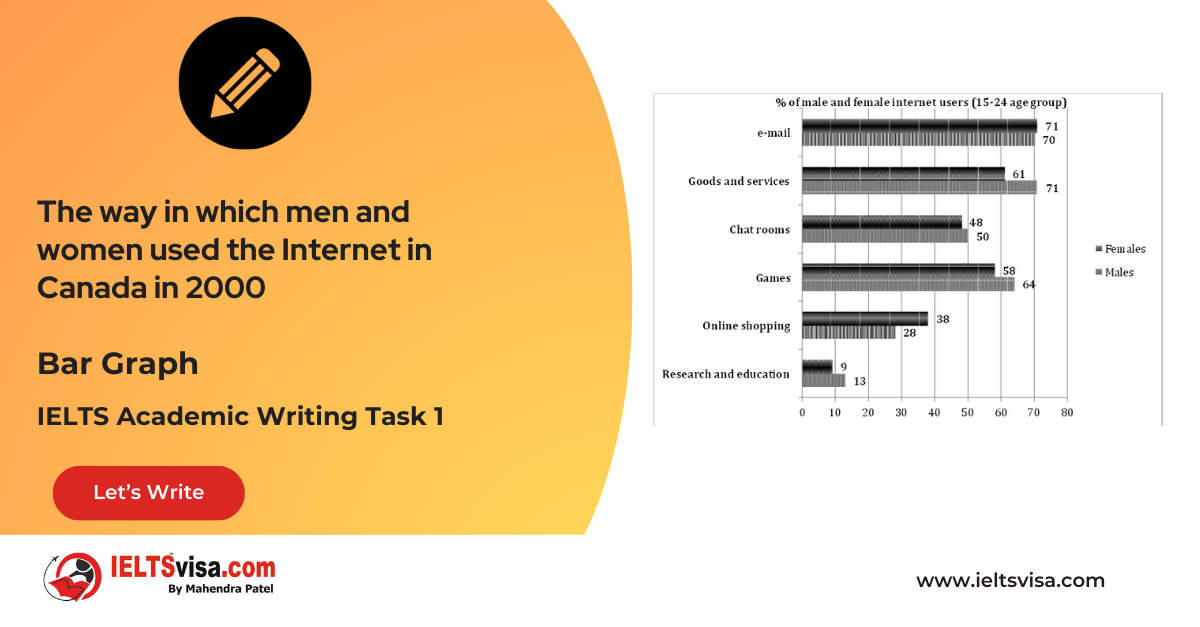
IELTS Writing Task 1 Question
The graph below shows the way in which men and women used the Internet in Canada in 2000. Summarise the information making comparisons where relevant
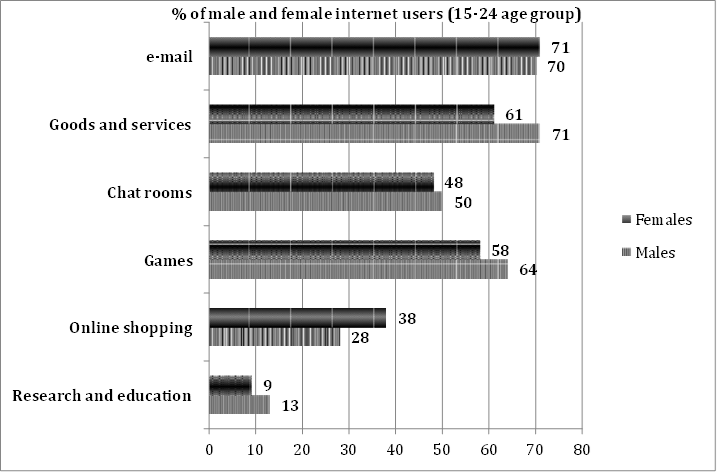
Key Points for the Report
1. Graph Type: Bar Graph
2. Title: Internet Usage by Gender in Canada (2000)
3. Age Group: 15-24 years
4. Focus: Purposes of Internet usage among men and women
Main Features and Trends
General Observations :
1. Overall Usage: A variety of purposes were utilized, with notable differences in usage patterns between genders.
2. Emailing and Online Shopping: Women led in these areas, while men dominated most other activities.
Sample Answer
The bar graph illustrates the percentage of men and women aged 15-24 in Canada who used the Internet for various purposes in 2000.
Overall, it is evident that while both genders engaged in diverse online activities, research and education were the least common uses.
Among men, the most popular activity was utilizing the Internet for goods and services, with a significant 71% participation. Following closely was sending emails, which attracted 70% of male users. In contrast, a slightly higher percentage of women (71%) used the Internet for emailing, although only 61% engaged in goods and services. Chat rooms were fairly popular among both genders, with 50% of men and 48% of women participating.
Women were notably more engaged in online shopping, with 38% compared to just 28% of men. In terms of gaming, males led slightly with 64%, while 58% of females played online games. Research and education were the least popular, used by only 9% of women and 13% of men.
Top 26 Vocabularies
| Vocabulary (type) | Type | Meaning | Synonyms | Examples |
| Manifest | Adjective | Clear or obvious to the mind or eye | Obvious, evident, apparent | “It is manifest from the graph that…” |
| Percentage | Noun | A rate, number, or amount in each hundred | Proportion, fraction, share | “The graph compares the percentage of males and females.” |
| Dominated | Verb | To have control or power over | Commanded, ruled, influenced | “Men dominated most other activities.” |
| Participation | Noun | The action of taking part in something | Involvement, engagement, attendance | “The percentage of participation varied among activities.” |
| Illustrates | Verb | To explain or describe something with examples | Depicts, demonstrates, shows | “The graph illustrates the usage of the Internet.” |
| Engage | Verb | To participate or become involved in an activity | Participate, take part, involve | “Women were more engaged in online shopping.” |
| Dominated | Verb | To be the most prevalent or powerful in a situation | Controlled, led, prevailed | “Men dominated most online activities.” |
| Popular | Adjective | Liked or enjoyed by many people | Favored, well-liked, trendy | “Online shopping was popular among women.” |
| Slightly | Adverb | To a small degree or extent | Marginally, a little, somewhat | “A slightly higher percentage of women used the Internet for emailing.” |
| Compared | Verb | To examine the similarities or differences between items | Contrast, analyze, evaluate | “The graph compares the usage of the Internet between genders.” |
| Attracted | Verb | To draw or pull attention or interest | Drew, pulled, lured | “Emails attracted 70% of male users.” |
| Activity | Noun | A task or action that one participates in | Action, pursuit, operation | “Emailing was a common activity among both genders.” |
| Participation | Noun | The act of being involved in an activity | Involvement, contribution | “Participation in research was low.” |
| Predominantly | Adverb | Mainly or for the most part | Largely, mostly, chiefly | “Males predominantly engaged in gaming.” |
| Utilized | Verb | To make use of something | Used, employed, exploited | “The Internet was utilized for various activities.” |
| Varied | Verb | To differ or change in some way | Differed, changed, fluctuated | “The activities varied in popularity.” |
| Engaged | Adjective | Actively involved in an activity | Occupied, involved, immersed | “Women were engaged in online shopping.” |
| Surveyed | Verb | To examine or gather data from a group | Questioned, studied, polled | “The survey found that 71% of men used the Internet for goods and services.” |
| Ranking | Noun | The position of something in a list of priorities | Position, placement, status | “Emailing ranked second for both men and women.” |
| Least | Adjective | The smallest in amount, degree, or rank | Minimum, smallest, slightest | “Research was the least popular activity.” |
| Data | Noun | Information, especially in numerical or statistical form | Information, figures, facts | “The data shows the preferences of Internet users.” |
| Reflect | Verb | To show or demonstrate something | Indicate, reveal, display | “The data reflects the preferences of both genders.” |
| Contrasting | Verb | To compare in order to show differences | Differentiating, comparing | “Contrasting activities show varying preferences.” |
| Shift | Noun | A change or movement from one state to another | Change, transition, alteration | “There was a shift in preferences for activities.” |
| Preference | Noun | A greater liking for one thing over another | Liking, choice, fondness | “Online shopping was a clear preference among women.” |
| Commonly | Adverb | Happening or done frequently or regularly | Frequently, typically, usually | “Emailing was a commonly used activity.” |

Our Books
Master IELTS Speaking Part 1
IELTS Writing Task 1 Book
IELTS Writing Task 2 Book
Writing Task 1 Question Types
Practice IELTS Other Modules
IELTS Listening
The IELTS Listening test assesses how well you can understand spoken English in various contexts. It lasts about 30 minutes and is divided into four sections with a total of 40 questions. The listening tasks become increasingly difficult as the test progresses.
IELTS Academic Reading
The IELTS Academic Reading section assesses your ability to understand and interpret a variety of texts in academic settings. It is designed to evaluate a range of reading skills, including skimming for gist, reading for main ideas, reading for detail, understanding inferences, and recognizing a writer's opinions and arguments.
IELTS Speaking
The IELTS Speaking test assesses your ability to communicate in English on everyday topics. It lasts 11-14 minutes and consists of three parts: introduction, cue card, and a discussion based on the cue card topic.
IELTS General Reading
IELTS General Reading tests your ability to understand and interpret various types of texts. Here are some key areas and types of content you can expect to encounter in the reading section, along with tips for effective preparation.
IELTS Academic Writing Task 1
In IELTS Academic Writing Task 1, you are presented with a visual representation of information, such as graphs, charts, tables, or diagrams, and you are required to summarize, compare, or explain the data in your own words.
IELTS General Writing Task 1
In IELTS General Writing Task 1, you are required to write a letter based on a given situation. The letter can be formal, semi-formal, or informal, depending on the prompt. Here’s a breakdown of the key components to include in your letter
IELTS Academic Writing Task 2
In IELTS Academic Writing Task 2, you are required to write an essay in response to a question or topic. Here’s a guide to help you understand the essential elements of this task
IELTS Exam Tips
To succeed in the IELTS exam, practice regularly, familiarize yourself with the test format, improve your vocabulary, develop time management skills, and take mock tests to build confidence.
Grammer for IELTS
Grammar is the foundation of effective communication in English. Understanding tense usage, subject-verb agreement, and sentence structure enhances clarity and coherence in writing and speaking.
Vocabulary for IELTS
Vocabulary plays a crucial role in the IELTS (International English Language Testing System) exam, especially in the Speaking and Writing sections. Here’s an overview of why vocabulary is important and how it impacts your performance
RECENT IELTS SAMPLES QUESTIONS AND ANSWERS
Task 1 – Diagram – Comparison of Stone Tool Development Over Time
20:00 Start Pause Stop [df_adh_heading title_infix="IELTS Writing Task 1 Question" use_divider="on"...
Task 1 – Flow chart -Life Cycle of a Frog
20:00 Start Pause Stop [df_adh_heading title_infix="IELTS Writing Task 1 Question" use_divider="on"...
Task 1 – Flow chart -The process that is used to manufacture bricks for the building industry.
20:00 Start Pause Stop [df_adh_heading title_infix="IELTS Writing Task 1 Question" use_divider="on"...
Task 1 – Map – Changes that took place in Youngsville in New Zealand over a 25 year period from 1980 to 2005.
20:00 Start Pause Stop [df_adh_heading title_infix="IELTS Writing Task 1 Question" use_divider="on"...
Task 1 – Pie Chart – The average household expenditures in Japan and Malaysia in the year 2010
20:00 Start Pause Stop [df_adh_heading title_infix="IELTS Writing Task 1 Question" use_divider="on"...
Task 1 – Bar Graph – The different modes of transport used to travel to and from work in one European city in 1960, 1980 and 2000
20:00 Start Pause Stop [df_adh_heading title_infix="IELTS Writing Task 1 Question" use_divider="on"...

